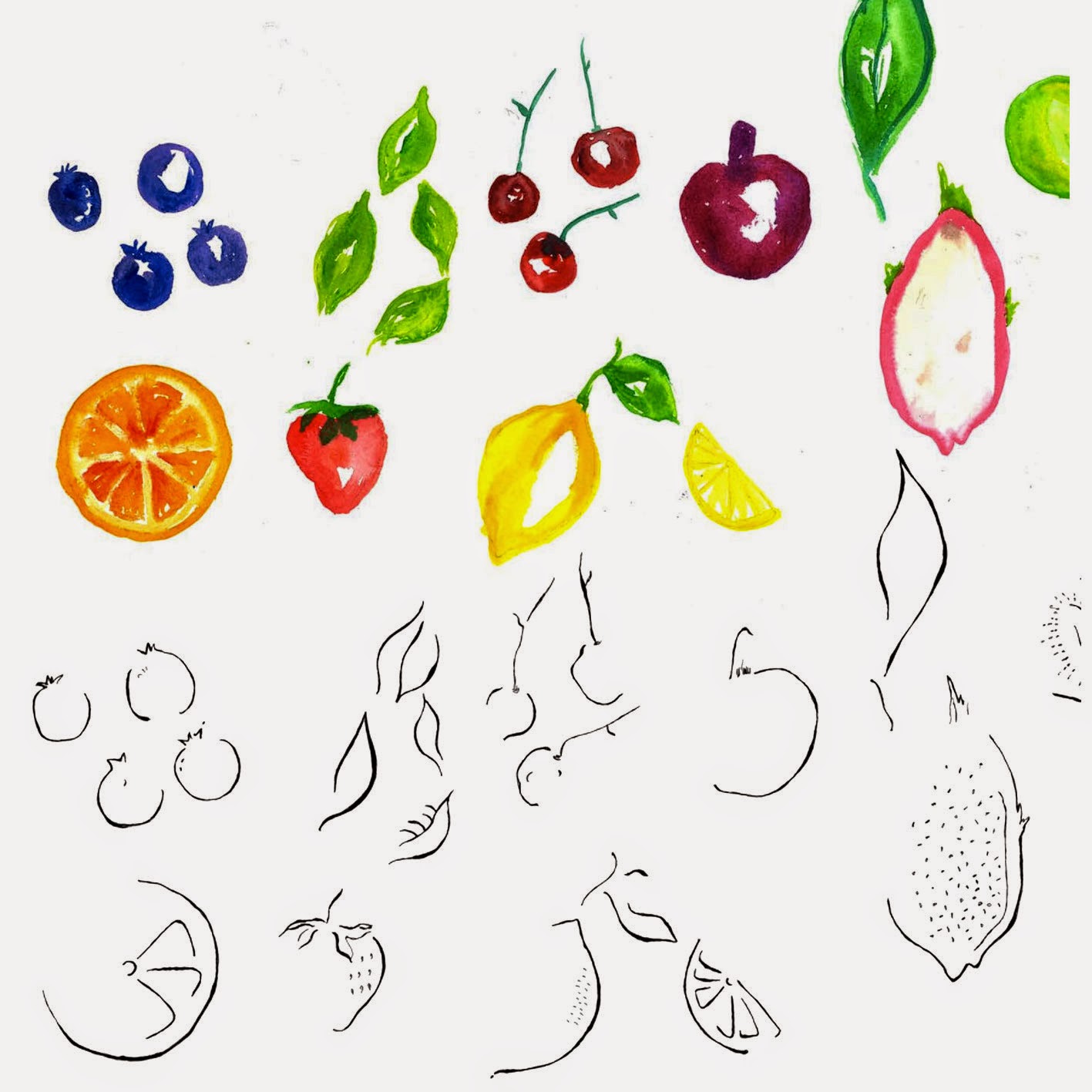Image 1: Lids of the boxes waiting to be put together
Image 2: Outline of the circle which was cut for the lid. The circle was slightly smaller than the bowl
Image 3: Circle hand cut out of lid. In a real manufacturing situation this would be die-cut
I had a very clear idea about what I wanted the packaging for my bowls to look like. I was hoping for a rustic country aesthetic with textures of leather and canvas. My initial idea was to make the boxes out of ply with a clear acrylic sliding lid. After prototyping this, it became evident that producing this for 10 bowls would be extremely time consuming and had the chance of not being perfectly executed. Also the cost would be very high. With time for experimenting running out I realised I really needed to decide on a design using cardboard. I prototyped a few ideas and I decided I was happy with a simple square box with a see-through hole. This seemed simple yet also effective.
I made the internal platforms for the boxes but I decided to purchase the actual box itself mainly because of time restraints. I chose the box to be the colour 'craft' with a lid made from flute cardboard because this still felt rustic. For the see-through hole I decide it would be a circle since the bowl was round-this would also keep the box from looking to rigid and flat. Cutting the hole out of the lid was surprisingly easy with the curves turning out very smooth like I'd hoped.
Overall, the production of the actual box itself was fairly simple. The boxes were very easy to construct as they already had the fold lines and glue and didn't require me fiddling around with it too much. I was happy to keep the box simple since I was confident my graphics would help make it unique.
























